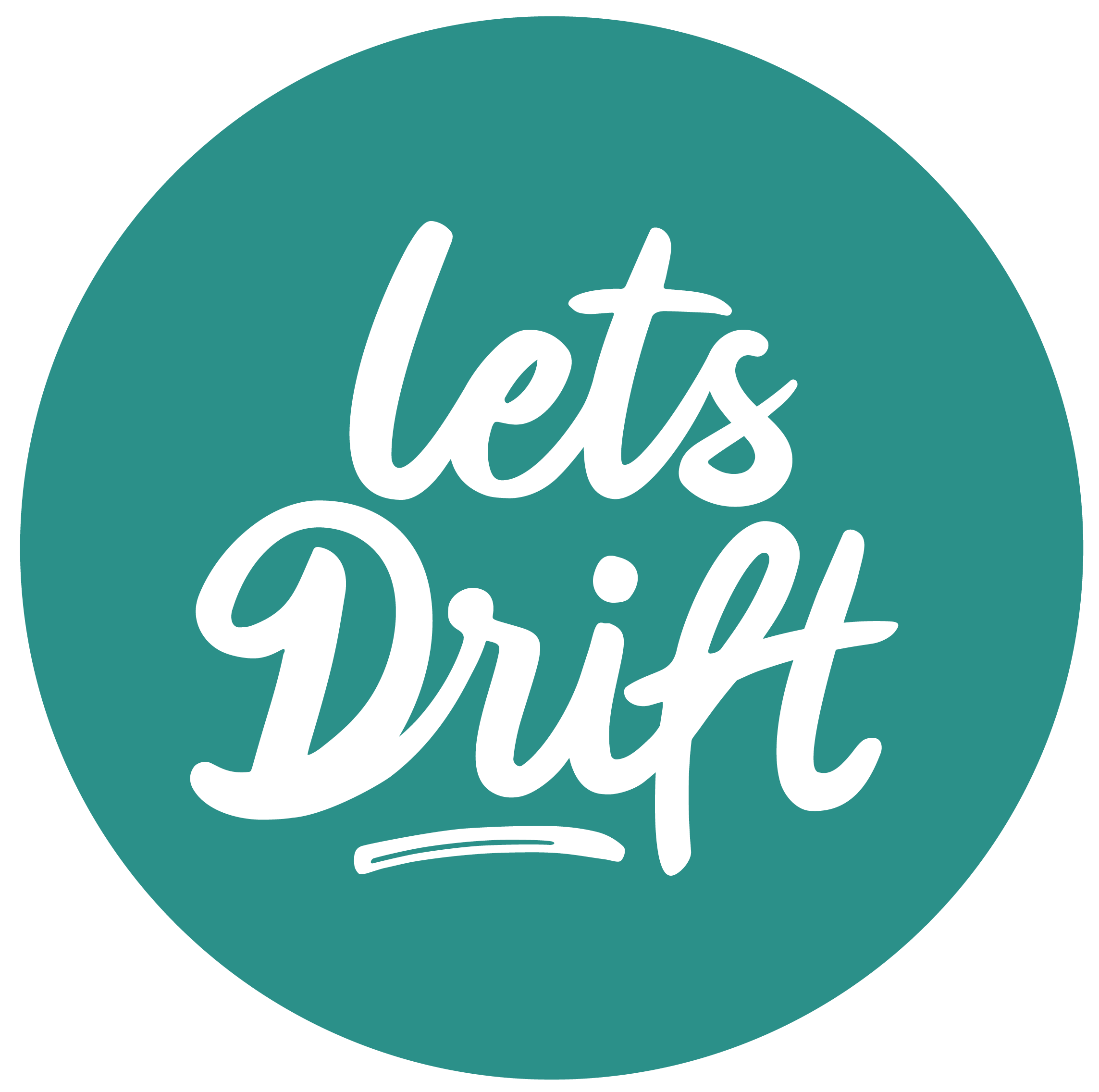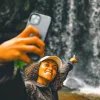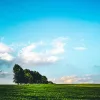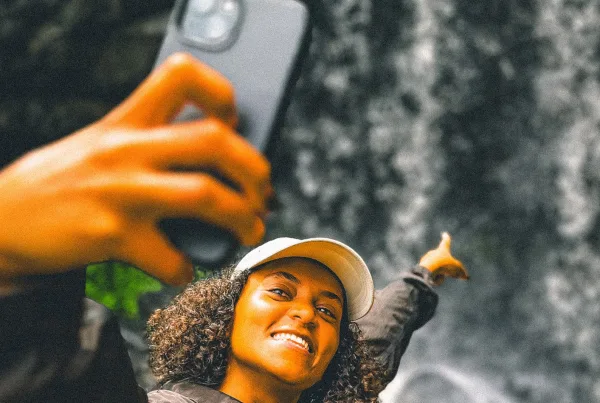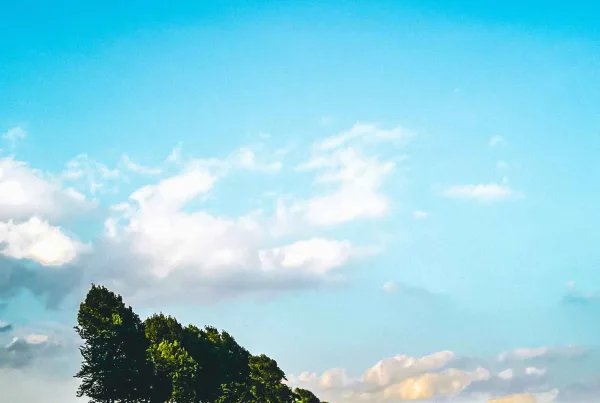Viewing Africa from Mt Kilimanjaro
When you search hiking in Africa, you are sure to find Mt Kilimanjaro on those lists. Even people who have not been anywhere have heard or know about Mt Kilimanjaro. In fact a tour hiking in Africa is not complete without an attempt or a complete climb up the mountain. You should however keep in mind that it is said that only two thirds of those who try actually get to the top.
Key Attractions
- The fact that Mt Kilimanjaro is the tallest mountain in Africa is enough of an asset.
- But then, the mountain is also the highest mountain that is not part of a range (free standing) in the world. This is why it is one of the most popular destinations for hiking in Africa.
- Mt Kilimanjaro is an ecological phenomenon. You will trek through everything from rain forests to grasslands to wild flowers and vegetation as well as some rocky patches. You will know things are getting serious when you start to trudge through snow. You should be prepared to see and experience anything.
- The top of the mountain is a in itself a trophy. On a clear day, you might be able to view the savanna below.
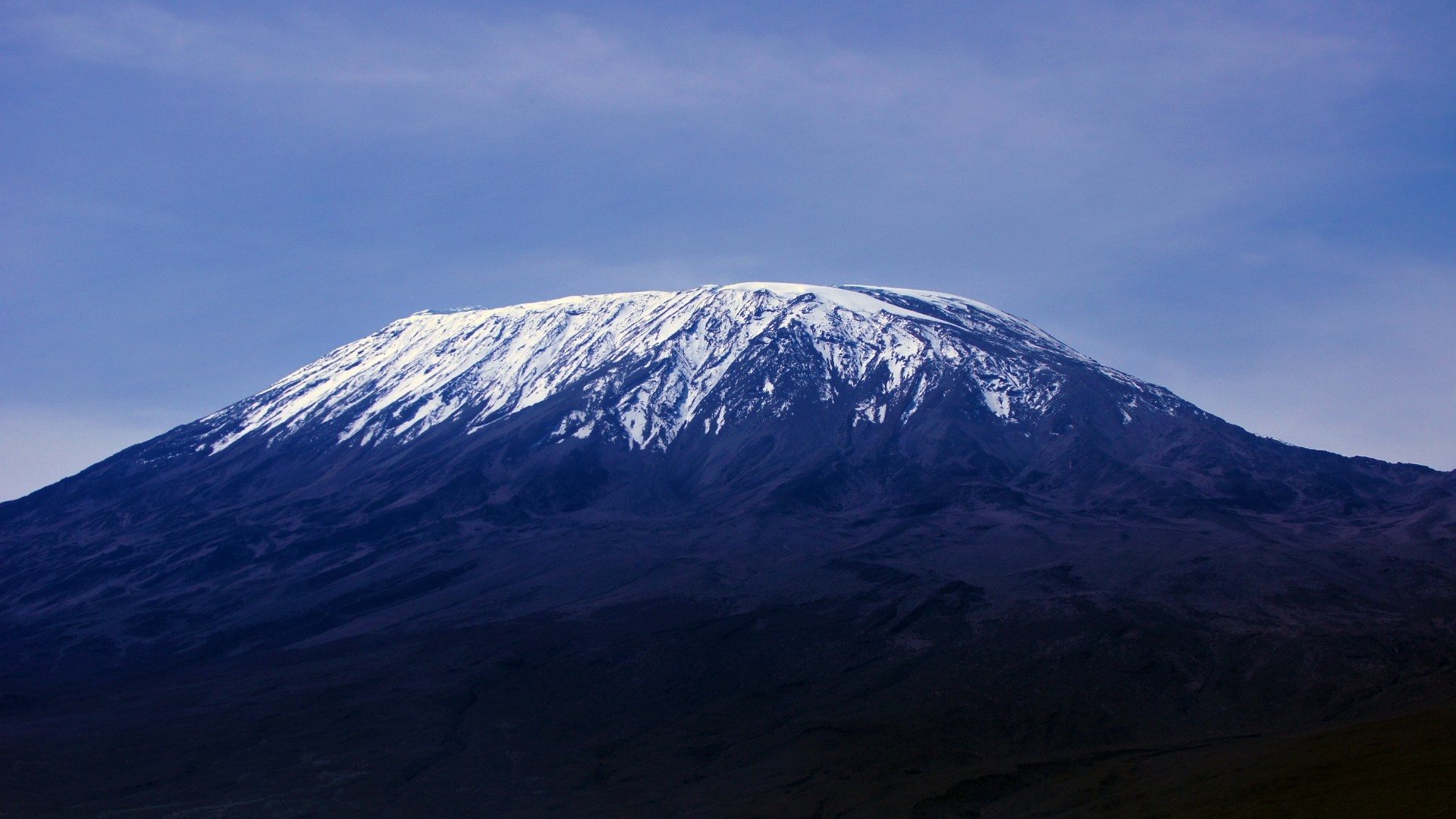 Challenge Level
Challenge Level
Trekking up Mt Kilimanjaro is going to be extremely challenging. It is going to be freezing cold. You are going to be tired. You might even have trouble breathing due to the cold and altitude. As far as hiking in Africa goes, this is perhaps the most challenging you will experience. But it will also be rewarding and you watch people pick their jaws off the floor when you tell them about it.
Logistics
The central meeting point is on the benches near Bata Hilton Nairobi CBD. From there, we head out to Moshi, Tanzania. Common transportation will be arranged by the Let’s Drift team as well as accommodation.
What do you need for the trail?
Clothes:
1. Waterproof hiking boots*
2. Trail runners or sandals for use at camp
3. Woolen hiking socks (6 pairs)*
4. Leg gaiters
5. Hiking pants (2 pairs water-resistant, 1 pair waterproof)*
6. Thermal pants (2 pairs, medium or heavy-duty, breathable)*
7. Woolen or polyester underwear (briefs)*
8. Thermal t-shirt (4, long sleeve)*
9. Polyester t-shirts (4)*
10. Fleece jacket*
11. Down jacket*
12. Waterproof jacket/shell jacket/poncho*
13. Fleece hat + wide-brimmed hat
14. Scarf or tubular bandana or regular bandana*
15. Waterproof gloves (summit gloves and fleece gloves)*
Camping Gear:
16. Hiking backpack (25l or 30l daypack, and a 60L backpack for your porter)*
17. Warm Sleeping bag (four seasons/-5 degrees comfort recommended)*
18. Headlamp and extra batteries*
19. Hot water bottle
Accessories
20, Thermal flask
21. Snacks
21. Hydration bladder/water bottle*
22. Personal items (phone and charger, camera, ID, pocket money, hand sanitizer, face
mask, lighter, pocket knife, whistle, basic first aid kit)*
23. Trekking poles
24. Sunglasses + sunscreen
25. Toiletries (wet wipes, dry wipes, toothbrush, toothpaste, petroleum jelly)*
Here’s a list of resources for hiking gear you can check out.
Hiking Gear Vendors – Lets Drift
Can you bring your kids with you?
Definitely NOT. Mt Kilimanjaro is not the place to bring your kids.
Now that you know about Mt Kilimanjaro, we hope to see you on the trails!
Similar trails
For lovers of hiking in Africa and challenging mountain climbs, similar trails to Mt Kilimanjaro are: Mt Kenya and Mt Kilimambogo
